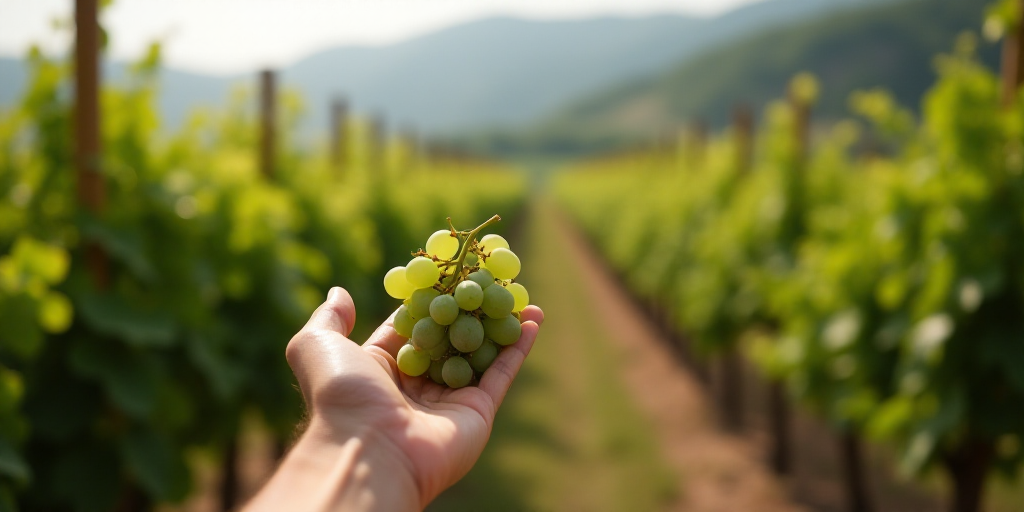José Moro: A New Era for Ribera del Duero Wines
José Moro, president of Bodega Cepa 21, believes that today’s wine should speak a different language. He aims to shift the style of Ribera del Duero wines, making them more immediate with vibrant fruit flavors resulting from field and winery research.
Transforming Vineyards for a Modern Wine Experience
Moro explains that maceration periods are now shorter, and color is achieved with precision, eliminating the need for long aging. “No longer do we need to leave them in bottle for a long time; we want lively wines,” he states.
The grapevine’s vegetative cycle also receives more attention. Careful pruning in green and shoot thinning are practiced to ensure the grapes feel “free” to express their true potential.
The winery thoroughly investigates the soil and its microorganisms, as understanding what happens beneath the surface is crucial. These organisms aid in making water more accessible to the plant.
Current climate conditions necessitate constant management. Spain has experienced extreme heat and excessive rainfall, both stressing the plant. In 2024, for example, they planted cover crops to absorb excess moisture. “Technology is important, but it’s essential to walk through the vineyard, observe, touch, and taste the grapes,” Moro emphasizes.
Balancing Quality Factors
Moro’s formula for quality lies in the balance of a triangle between alcohol, acidity, and phenolic matter.
Once the grapes arrive at the winery, they are cooled to the maximum extent possible for optimal preservation. Detailed analysis follows: technical parameters, evolution, and potential. This methodology enables the creation of wines defined by fruit and freshness while maintaining sufficient structure to reflect Ribera del Duero.
Historical Vineyards with a Modern Touch
Bodega Cepa 21 is located in Castrillo de Duero, seven kilometers from Peñafiel. Although the climate may appear uniform in the Ribera del Duero Denomination of Origin, Moro notes that a 200-meter altitude change reveals noticeable differences.
35% of the fruit comes from their own vineyards, while the rest is purchased but always from carefully selected parcels. Some of these vineyards are centuries old, with looser clusters and unique morphology; these clones are used for new plantings, preserving their historical character.
The Cepa 21 labels reflect this duality: modernity and tradition. Cepa 21, the wine that gives the winery its name, originates from Moro’s childhood strolls with his father among the vines: “It was there that I learned to love wine,” he recalls.
Vineyard Names with Personal History
Malabrigo evokes the cold Castilian pruning, where his father worked with gloves and courage. “One had to eat and drink wine to have the courage,” he says.
Horcajo represents two slopes leading to the high plains. The label depicts a man plowing, a reminder of Sundays when José accompanied his father for lunch before returning to mass.
Key Questions and Answers
- Who is José Moro? José Moro is the president of Bodega Cepa 21, a winery located in Castrillo de Duero, Ribera del Duero.
- Why is Moro changing the style of Ribera del Duero wines? Moro aims to create more immediate, vibrant fruit-forward wines that better suit today’s consumers who seek elegance and freshness.
- How does Moro manage the vineyards? Moro pays close attention to the grapevine’s vegetative cycle, practicing careful pruning and investigating soil microorganisms to ensure optimal grape development.
- What is Moro’s approach to quality? Moro focuses on balancing alcohol, acidity, and phenolic matter to create wines that are both fresh and structured.
- What is the significance of vineyard names like Malabrigo and Horcajo? These names reflect Moro’s personal history and connection to the land, symbolizing his deep respect for tradition while embracing modern winemaking techniques.






